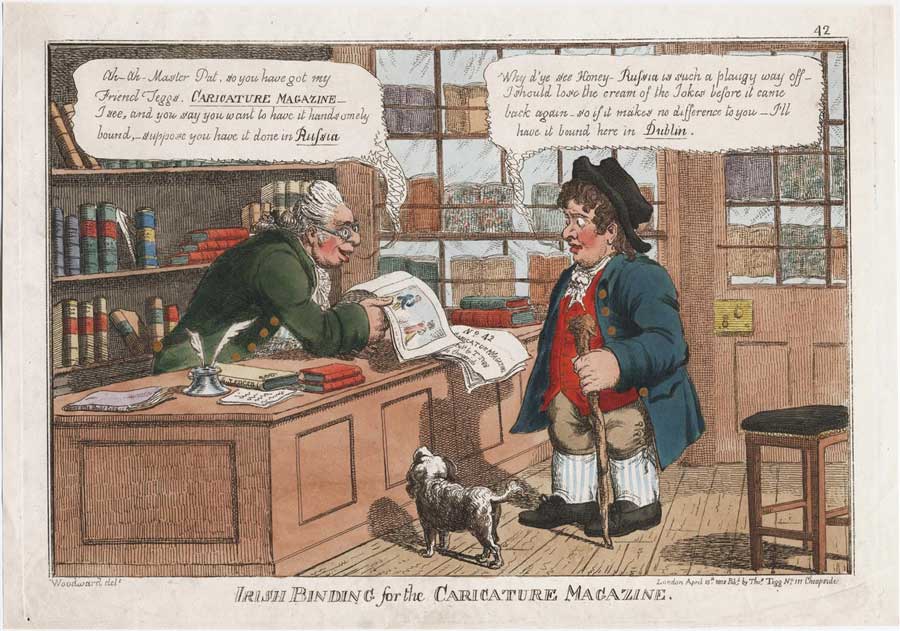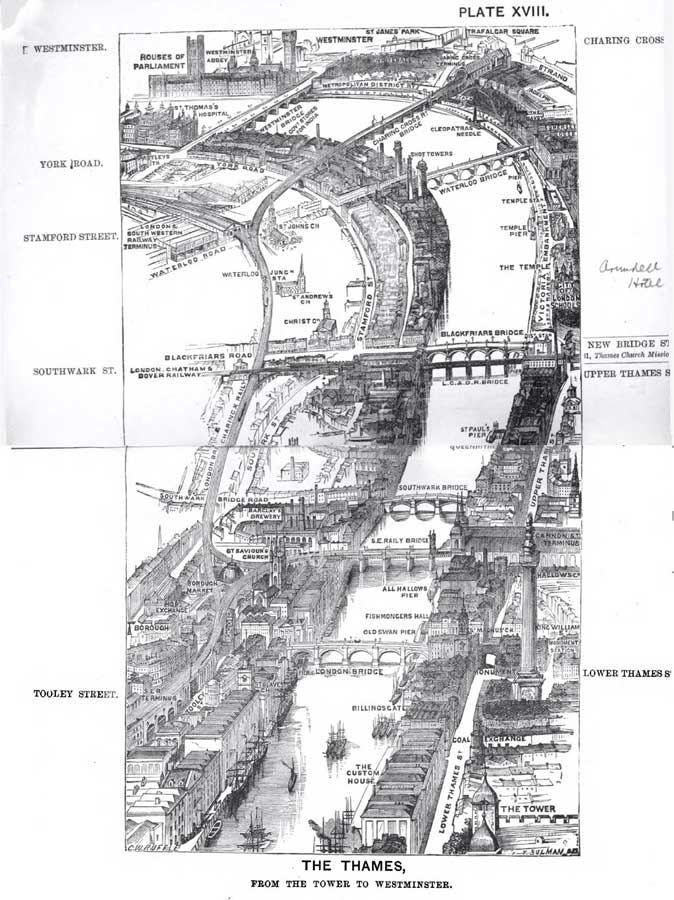G.8 RAA19: Research on Art and Architecture of the Nineteenth Century, Part 2
G.8 RAA19: Réseau art et architecture du 19e siècle, Partie 2
Sat Oct 17 / 11:00 – 12:30
voice_chat expiredchairs / présidentes /
- Marie-Charlotte Lamy, Université de Montréal et Université de Lausanne
- Ersy Contogouris, Université de Montréal
The aim of the RAA19 (Research on Art and Architecture of the Nineteenth Century) is to encourage innovative studies of nineteenth-century art and architecture. This open session welcomes papers that examine theoretical issues or case studies that focus on any aspect of the art and architecture of the long nineteenth century, from 1789 to 1914.
L’objectif du Réseau art et architecture du 19e siècle consiste à promouvoir le renouveau des recherches globales et interdisciplinaires sur le 19e siècle en histoire de l’art et de l’architecture. Cette session ouverte invite des propositions théoriques ou des études de cas qui couvrent des corpus issus du long 19e siècle, de 1789 à 1914.
Marie-Charlotte Lamy: J’effectue une thèse de doctorat entre l’Université de Montréal et l’Université de Lausanne. Mon sujet porte sur les portraits des membres de la cour napoléonienne. J’ai eu l’occasion de présenter mes recherches lors de différentes manifestations scientifiques et d’organiser des journées d’étude à l’Université de Lausanne.
Ersy Contogouris: I am assistant professor of art history at the Université de Montréal. My research focuses on eighteenth and nineteenth-century art, and on the history of caricature and graphic satire. I was the co-guest editor, with Mélanie Boucher, of the Fall 2019 issue of RACAR on tableaux vivants. My book, Emma Hamilton and Late Eighteenth-Century European Art: Agency, Performance, and Representation, was published by Routledge in 2018.

G.M. Woodward, Irish Binding for the Caricature Magazine, 1808.
G.8.1 Thomas Tegg’s The Caricature Magazine, or Hudibrastic Mirror: A Study of Blue
Christina Smylitopoulos, University of Guelph
The motif of the print shop window was deployed throughout the late eighteenth and early nineteenth centuries to advertise a print seller’s participation in the market for graphic satire. This motif finds an interesting articulation in Irish Binding for the Caricature Magazine, a print first published by Thomas Tegg on April 15, 1808 and reissued sometime in 1812. The key examples of this trope portray a street scene in which a crowd, often a motley cross-section of London society, clamours to see the latest squib. In contrast, George M. Woodward’s design for Irish Binding situates a single patron within in a feasible commercial interior. My aim in this paper is to demonstrate that The Caricature Magazine is, as Woodward’s Irish Binding suggests, more at home within the bookshop than in the print shop and that it may have a closer relationship to the market for cheap books than with the history of ‘grand manner’ caricature. What I would also like to suggest is that the direction of graphic satire in Victorian periodicals may owe more to The Caricature Magazine than its finer brethren more evocative of the genre’s ‘golden age.’
Christina Smylitopoulos is Associate Professor and Faculty Curator of the Bachinski/Chu Print Study Collection (SOFAM, University of Guelph). Selected grants/fellowships awarded include SSHRC; the Ontario Ministry of Science, Research, and Innovation; the Lewis Walpole Library (Yale); the Huntington Library, the Swann Foundation for Caricature and Cartoon (Library of Congress), and the Houghton Library (Harvard). She has essays in RACAR; The British Art Journal; Eighteenth-Century Life; Word and Image in the Long 18th C; Hats Off, Gentlemen: The Changing Arts of Communication in the 18th C; L’Image railleuse: La satire visuelle du XVIIIe siècle à nos jours; and she has reviewed for Oxford Art Journal, RACAR, The Historian, University of Toronto Quarterly, and caa.reviews. She edited Spaces of Wonder, Wonder of Space (a winner of the Leab Exhibition Catalogue Award, 2020) and is completing the monograph Publishing ‘Pioneer’: Thomas Tegg, Graphic Satire, and the Aesthetics of Modernity (forthcoming, 2021).
G.8.2 Les caricatures de Lady Dalhousie (1786-1839) : humour et sociabilité au sein de l’élite cicile et militaire du Canda
Marie Ferron-Desautels, Concordia University
Lady Dalhousie (Christian Ramsay Broun), une aristocrate écossaise, vécut à Halifax de 1816 à 1820, alors que son mari George Ramsay, 9e comte de Dalhousie, était lieutenant-gouverneur de la Nouvelle-Écosse. Puis, elle résida à Québec de 1820 à 1828, années au cours desquelles Lord Dalhousie occupa le poste de gouverneur de l’Amérique du Nord britannique. Bien que l’apport de Lady Dalhousie au développement des connaissances botaniques soit bien reconnu, sa participation à la culture visuelle satirique du XIXe siècle n’a quant à elle jamais fait l’objet d’une étude approfondie. Cinq caricatures conservées au Nova Scotia Museum lui sont attribuées et auraient été réalisées lors des années qu’elle passa au Canada. Ce corpus fait par ailleurs figure d’exception parmi le type de production artistique généralement associé aux femmes de l’époque et de la classe sociale de Dalhousie. Pour cette communication, je propose d’analyser ces cinq caricatures en m’attardant à la sociabilité, à la mode vestimentaire, ainsi qu’aux rapports entre genres, classes sociales et nationalités qu’y représente Lady Dalhousie, et ce, dans l’objectif de mieux comprendre ce dont elle se moque. Bien que Dalhousie exagère certains traits du visage et de la physionomie des personnes qu’elle caricature, les interactions sociales qu’elle met en scène se trouvent au cœur de l’humour qu’elle déploie. En portant une attention particulière aux personnes représentées, qui malheureusement ne sont pas identifiées, j’avancerai quelques hypothèses en regard du contexte de diffusion de ces caricatures. Par exemple, il m’apparaît plausible que Lady Dalhousie se soit représentée elle-même dans plus d’une caricature, démontrant ainsi l’autodérision dont elle faisait preuve auprès des personnes à qui elle montrait sa production caricaturale. Enfin, en m’intéressant à la présence répétée d’officiers militaires britanniques au sein des caricatures de Lady Dalhousie, j’examinerai la charge politique de ces images.
Marie Ferron-Desautels est étudiante au sein du programme de doctorat interuniversitaire en histoire de l’art à l’Université Concordia à Montréal. Dans le cadre de ses recherches doctorales, elle s’intéresse aux connexions entre les pratiques artistiques et la sociabilité des femmes de l’élite civile et militaire du Canada au cours du XIXe siècle. Ses recherches de maîtrise, réalisées à l’UQAM, portent sur l’aquarelliste écossaise Katherine Jane Ellice. Marie Ferron-Desautels a été assistante de recherche pour l’Équipe de recherche en histoire de l’art au Québec (ÉRHAQ), ainsi que pour le projet Ateliers d’artistes au Québec, 1800-1980 : typologie, fonctions et représentations dirigé par Laurier Lacroix. Elle a également coorganisé le colloque Perspectives féministes en histoire de l’art tenu à l’UQAM en 2017 et en 2018.

The Thames, from the Tower to Wesminster in Fry, Herbert. London: Illustrated by Eighteen Bird's-Eye Views of the Principal Streets: Also by a Map Showing Its Chief Suburbs and Environs. 7th ed, rev. and enl. London: W.H. Allen, 1887, plate XVIII, p. 202-3.
G.8.3 Feeling the Archive/Archiving the Feeling: Urban Guidebooks in the Nineteenth Century
Cigdem Talu, McGill University
This paper examines how feelings can be accounted as a historical form of architectural and urban knowledge. I explore how archives “hold” feelings or are haunted by emotions and ask: how were private and public feelings relating to architecture and city spaces managed, exchanged, negotiated, and disseminated in the nineteenth century? How do emotions and affect travel through and circulate in the archive? I propose to look at London urban guidebooks from the second half of the nineteenth century, including books by publishers and authors Karl Baedeker, George Frederick Pardon, Peter Cunningham, and Charles A. Gillig. Although historically traditional, the dissemination and use of city guides in London increased in the second half of the nineteenth century after the Great Exhibition of 1851. These guides were directed towards local residents as much as travelers because the many urban developments London went through after the 1850s (such as the embankment projects, the London Underground, etc.) drastically changed the appearance and experience of the city. The emotional experience of the urban context, then, was mutating accordingly and reverberated in different types of media. Architectural discourse was preoccupied with similar outsets on emotional dynamics, with Heinrich Wölfflin’s Prolegomena zu einer Psychologie der Architektur being a prime example of this tendency.
I argue that by historicizing the city dwellers and visitors’ dealings with urban, ecological, and global emotions, the concern and need of assigning feelings to experience in nineteenth-century London can be located in urban guidebooks. I contend this was a period when new emotions were formed in architectural and urban contexts. In this investigation, historical guidebooks embody a problem that is echoed today: when interests and emotions are disseminated, managed, and even used as data, whose emotions are represented, how they are registered, and, if archived, how their resonance surround us today.
Cigdem Talu is a researcher and PhD student at the School of Architecture at McGill University in Montreal. Her dissertation focuses on women's urban experience in late-Victorian London, the concept of urban atmospheres, the history of feelings, and urban travel writing. Her research is supported by the Joseph Armand Bombardier Graduate Scholarship from the Social Sciences and Humanities Research Council of Canada. She works as an archival researcher and most recently was the archival researcher of the architecture documentary film City Dreamers. She holds B.Arch, M.Arch, and post-professional M.Arch degrees from Politecnico di Milano and McGill University.



